
Ciudad Vieja: A Historic Heartbeat of Montevideo
Explore Ciudad Vieja in Montevideo, Uruguay - a captivating blend of colonial history, vibrant culture, and modern charm nestled in the heart of the city.
Ciudad Vieja, or Old City, is the historic heart of Montevideo, Uruguay. This neighborhood offers a rich tapestry of the country's colonial past, vibrant culture, and modern-day charm. As you stroll through its cobblestone streets, you'll encounter beautifully preserved colonial buildings, bustling markets, and cozy cafés that capture the essence of Montevideo's history and contemporary life. The landmark gateway, Puerta de la Ciudadela, serves as a grand entrance to Ciudad Vieja. Once you pass through this iconic arch, you'll find yourself immersed in a world where the old meets the new. The neighborhood is home to many significant landmarks, including the Metropolitan Cathedral, the Solis Theatre, and the Museo Torres García. Each of these sites offers a unique glimpse into the artistic and cultural heritage of Uruguay. By day, Ciudad Vieja is a bustling hub of activity, with street performers, artisans, and local vendors adding to the lively atmosphere. By night, the neighborhood transforms into a vibrant nightlife scene, with bars, restaurants, and tango clubs that invite you to experience the local culture in full swing. Whether you're a history buff, an art lover, or simply looking to soak in the local vibes, Ciudad Vieja promises an unforgettable experience.
Local tips in Ciudad Vieja
- Visit Mercado del Puerto for a taste of local Uruguayan cuisine, especially the famous asado.
- Wear comfortable shoes as the cobblestone streets can be uneven and require good footing.
- Plan your visit to coincide with the weekend market at Plaza Matriz for unique souvenirs and local crafts.
- Take a guided walking tour to fully appreciate the historical context and stories behind the landmarks.
- Be mindful of your belongings, especially in crowded areas, to avoid petty theft.
Ciudad Vieja: A Historic Heartbeat of Montevideo
Ciudad Vieja, or Old City, is the historic heart of Montevideo, Uruguay. This neighborhood offers a rich tapestry of the country's colonial past, vibrant culture, and modern-day charm. As you stroll through its cobblestone streets, you'll encounter beautifully preserved colonial buildings, bustling markets, and cozy cafés that capture the essence of Montevideo's history and contemporary life. The landmark gateway, Puerta de la Ciudadela, serves as a grand entrance to Ciudad Vieja. Once you pass through this iconic arch, you'll find yourself immersed in a world where the old meets the new. The neighborhood is home to many significant landmarks, including the Metropolitan Cathedral, the Solis Theatre, and the Museo Torres García. Each of these sites offers a unique glimpse into the artistic and cultural heritage of Uruguay. By day, Ciudad Vieja is a bustling hub of activity, with street performers, artisans, and local vendors adding to the lively atmosphere. By night, the neighborhood transforms into a vibrant nightlife scene, with bars, restaurants, and tango clubs that invite you to experience the local culture in full swing. Whether you're a history buff, an art lover, or simply looking to soak in the local vibes, Ciudad Vieja promises an unforgettable experience.
Iconic landmarks you can’t miss
Constitution Plaza
Discover the charm of Constitution Plaza in Montevideo, a serene park blending nature with historical significance, perfect for relaxation and exploration.
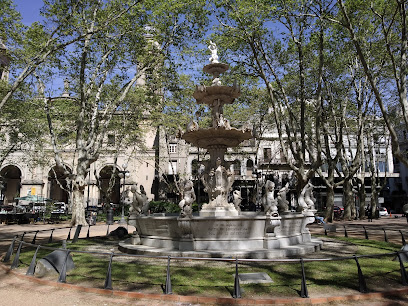
Palacio Salvo
Experience the architectural grandeur of Palacio Salvo, a historic landmark in Montevideo's Plaza Independencia, blending history and beauty.

Gateway of the Citadel
Explore the Gateway of the Citadel in Montevideo, a stunning historical landmark that embodies the city's rich cultural heritage and vibrant atmosphere.
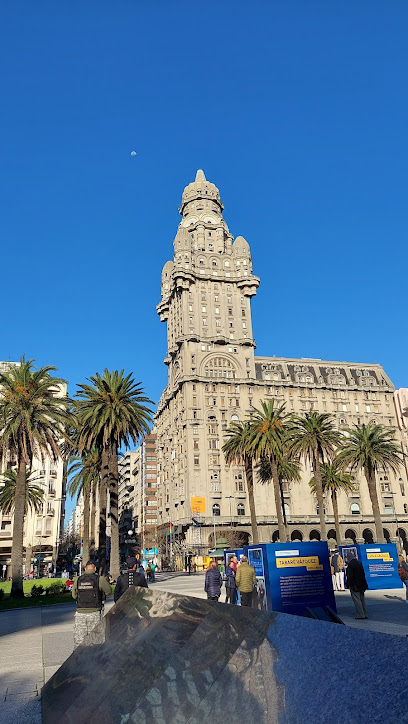
Torres Garcia's Museum
Explore the rich artistic heritage of Uruguay at Torres Garcia's Museum in Montevideo, showcasing the transformative works of Joaquín Torres García.
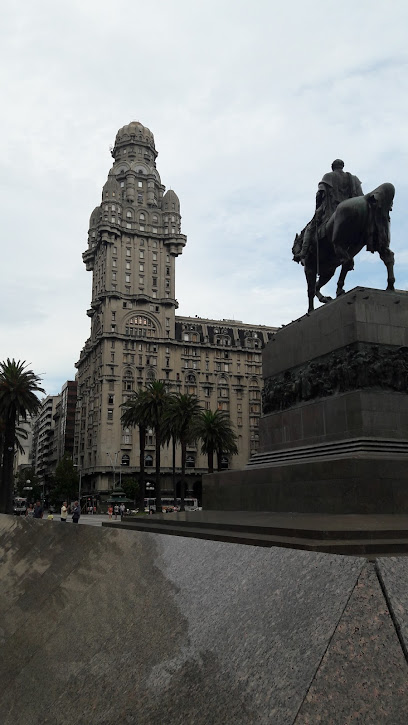
Museo Histórico Cabildo de Montevideo
Discover the heart of Uruguay's history at the Museo Histórico Cabildo de Montevideo, a cultural gem showcasing the nation's rich heritage.
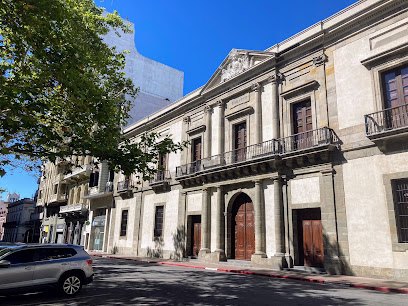
Romantic Museum
Discover the artistic and cultural heritage of Uruguay at the Romantic Museum in Montevideo, a captivating journey through the romantic era.
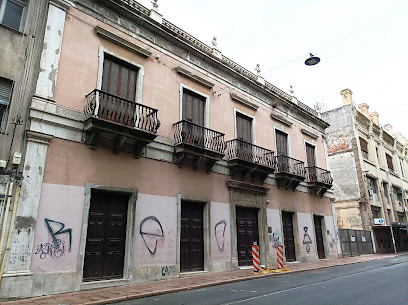
Al Pie de la Muralla
Experience the vibrant cultural scene of Montevideo at Al Pie de la Muralla, where art, history, and community come together in an inspiring setting.
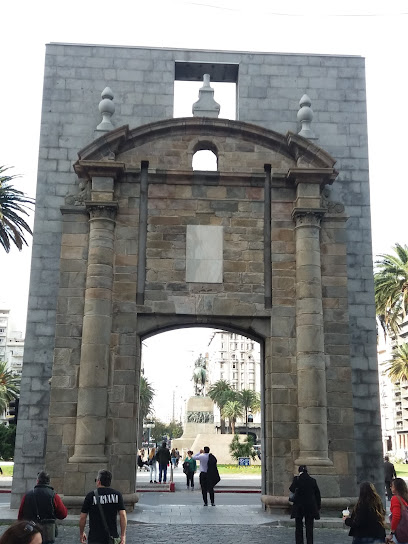
Ciudad Vieja - MUMI
Discover the rich history and vibrant culture of Ciudad Vieja, Montevideo's historic heart filled with architecture, art, and local flavors.
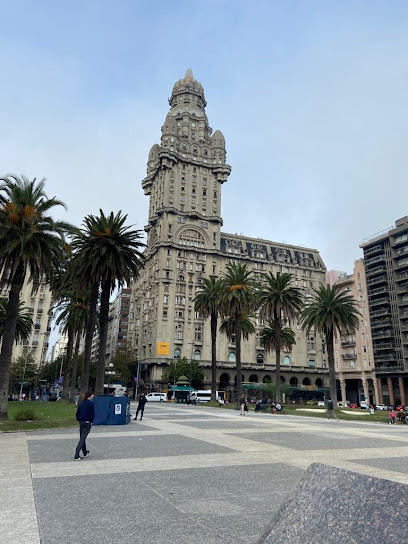
Mural del papu
Explore the vibrant and colorful Mural del Papu in Montevideo, a stunning representation of local art and culture, perfect for photography and inspiration.
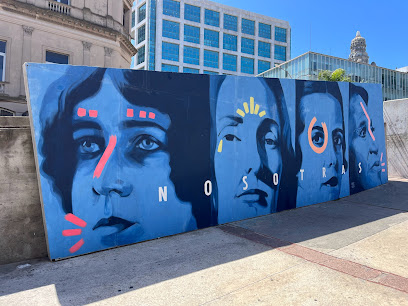
Esquina de Reconquista
Explore Esquina de Reconquista, a vibrant tourist attraction in Montevideo that captures the city's rich culture and lively atmosphere.
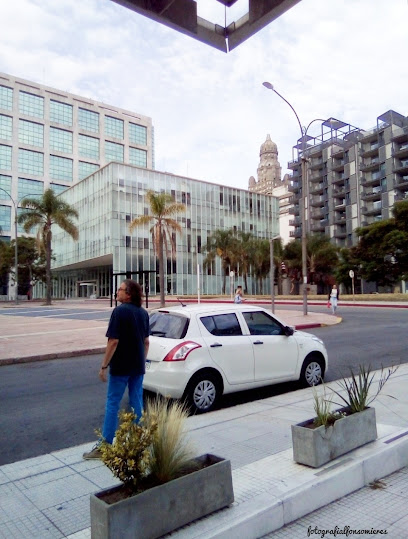
Unmissable attractions to see
Constitution Plaza
Discover the historical allure and natural beauty of Constitution Plaza in Montevideo, a perfect blend of culture, relaxation, and exploration.
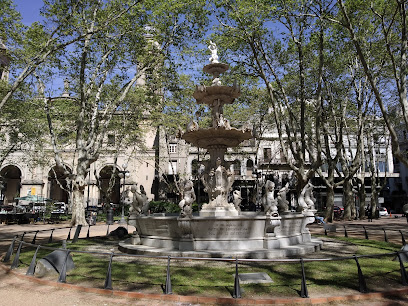
Gateway of the Citadel
Discover the Gateway of the Citadel in Montevideo, a stunning historical landmark that embodies the city's rich colonial heritage and vibrant atmosphere.
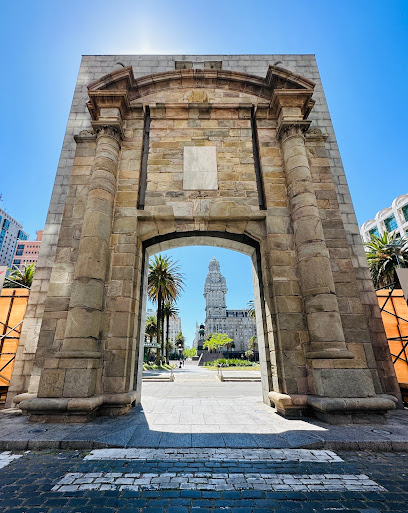
Museo del Carnaval
Discover the rich traditions of Uruguay's Carnaval at the Museo del Carnaval, a vibrant museum celebrating the art of festivity in Montevideo.
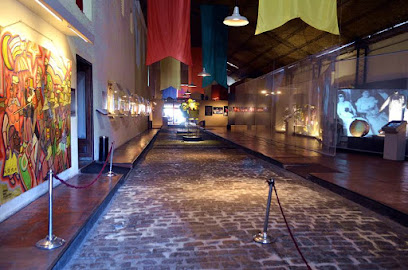
Museo Histórico Cabildo de Montevideo
Discover Montevideo's history at Museo Histórico Cabildo, a heritage museum showcasing the city's rich cultural and historical legacy.
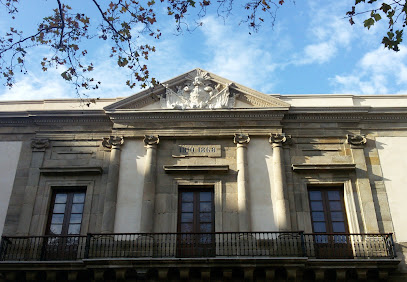
Palacio Estevez | Museo de la Casa de Gobierno
Explore the rich history of Uruguay at Estévez Palace, a stunning museum that reflects the country's political heritage and architectural beauty.

Romantic Museum
Uncover the cultural treasures of the Romantic Museum in Montevideo, showcasing the beauty and history of Uruguay's romantic era through exquisite art and artifacts.
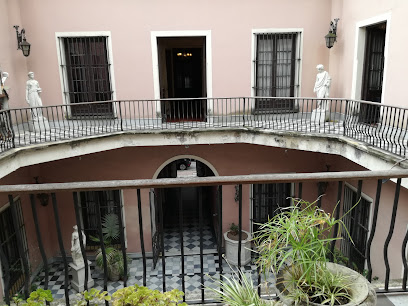
Monumento al Gaucho
Discover the Monumento al Gaucho in Montevideo: A stunning tribute to Uruguay's rich cultural heritage and the iconic gaucho.
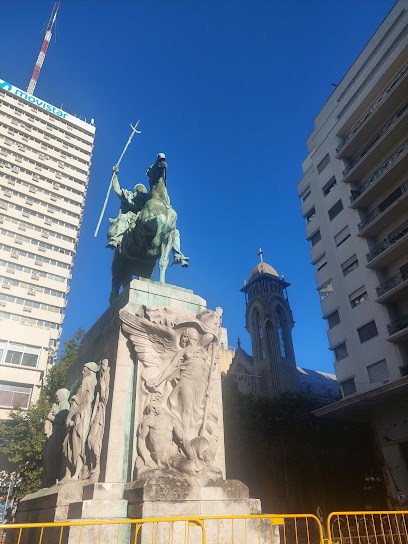
Museo Figari
Explore the artistic legacy of José Figari at Museo Figari, a captivating museum in Montevideo celebrating Uruguayan culture and heritage.
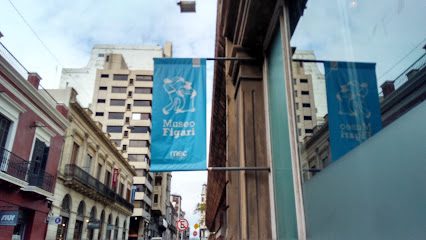
Plaza de la Fuente
Discover the vibrant essence of Montevideo at Plaza de la Fuente, a cultural hub filled with local art, delicious cuisine, and lively events.
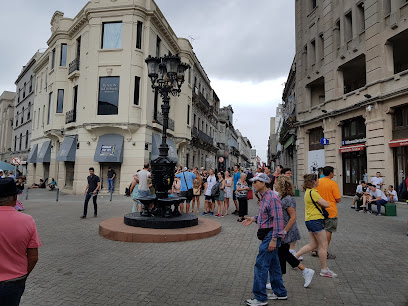
Essential places to dine
Jacinto
Experience the unique flavors of Montevideo at Jacinto, where tradition meets innovation in every dish.
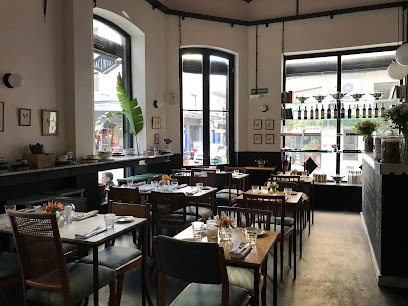
La Corte Restaurant
Discover authentic Uruguayan flavors at La Corte Restaurant in Montevideo - where tradition meets culinary excellence.
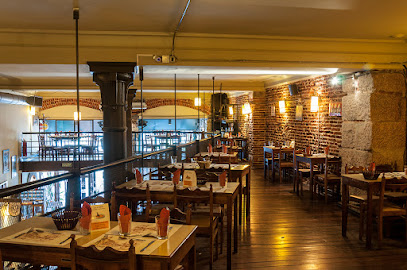
Es Mercat
Discover the vibrant flavors of seafood at Es Mercat in Montevideo, where tradition meets innovation in every delicious dish.
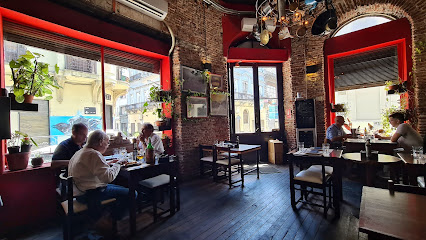
Restaurant Primuseum
Experience authentic Uruguayan cuisine at Restaurant Primuseum in Montevideo – where tradition meets taste in every grilled delight.
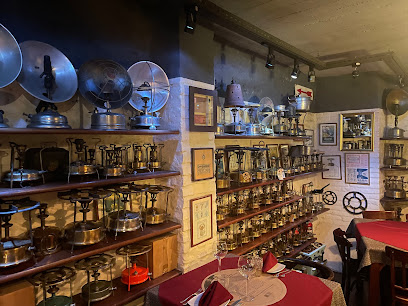
El Chipirón
Discover El Chipirón in Montevideo - A premier destination for fresh seafood lovers seeking authentic Uruguayan flavors.
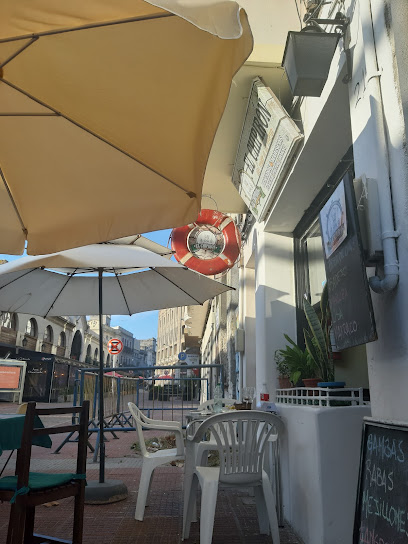
Restaurant El Navegante
Experience authentic Uruguayan cuisine at Restaurant El Navegante in Montevideo—where every dish tells a story of tradition and flavor.
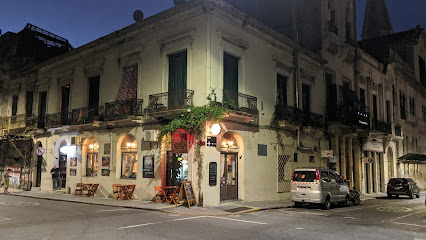
Estrecho
Discover Estrecho: A unique dining experience in Montevideo offering exquisite Uruguayan flavors and modern culinary delights.
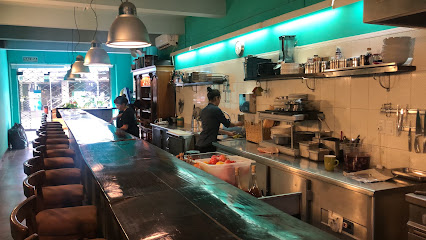
El Otro Es Mercat
Discover El Otro Es Mercat in Montevideo for exquisite tapas celebrating local flavors in a warm and inviting atmosphere.
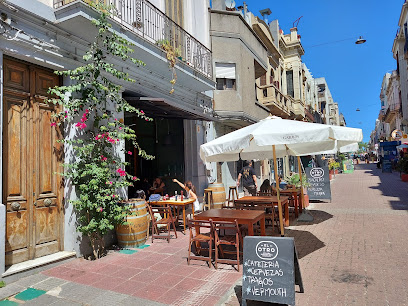
La Tabla
Discover La Tabla in Montevideo: A culinary haven offering authentic Uruguayan dishes and local wines in a warm and inviting atmosphere.
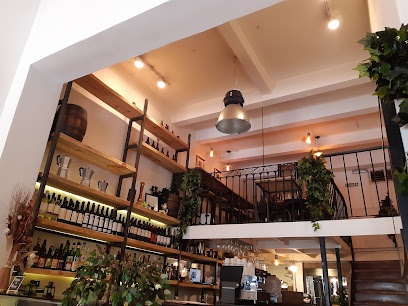
El Perro Que Fuma
Discover El Perro Que Fuma: Montevideo's vibrant restaurant and bar serving exquisite Uruguayan cuisine and cocktails with stunning waterfront views.
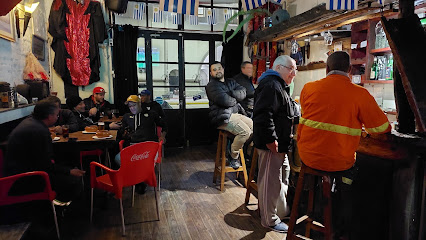
Markets, malls and hidden boutiques
Rotunda Ciudad Vieja
Discover the essence of Uruguayan fashion at Rotunda Ciudad Vieja, a stylish women's clothing store in Montevideo's historic district.
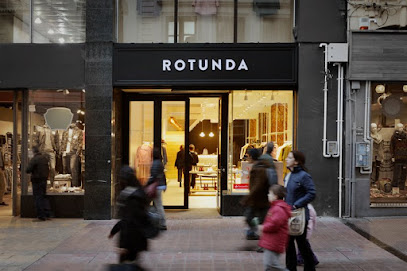
INFINITO Souvenirs & Gift Shop
Explore INFINITO Souvenirs & Gift Shop for authentic Uruguayan gifts that capture the culture and beauty of Montevideo, perfect for travelers seeking unique memories.
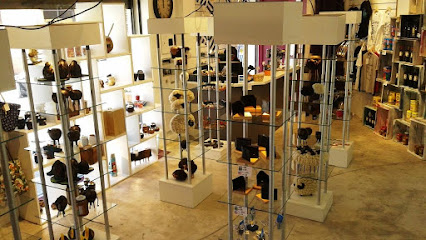
Oh...lala Uruguay
Explore Oh...lala Uruguay, a captivating gift shop in Montevideo, showcasing unique local crafts and souvenirs that reflect the country's rich culture.
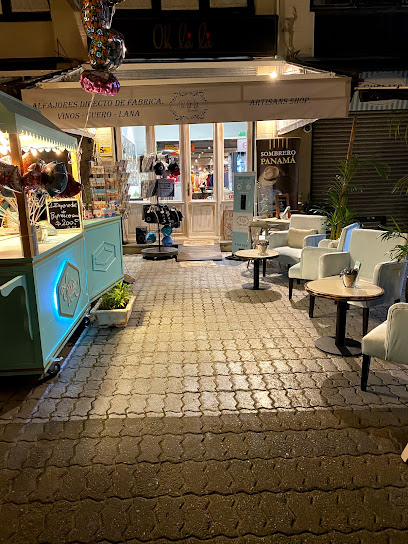
Salon Andy
Discover a charming gift shop in Montevideo with unique finds, from aromatherapy to toys, perfect for souvenirs and local treasures.
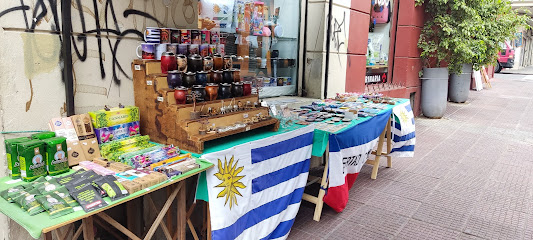
Decorum
Explore Decorum, Montevideo's charming gift shop, offering unique local artisan crafts and memorable souvenirs to treasure your Uruguayan experience.
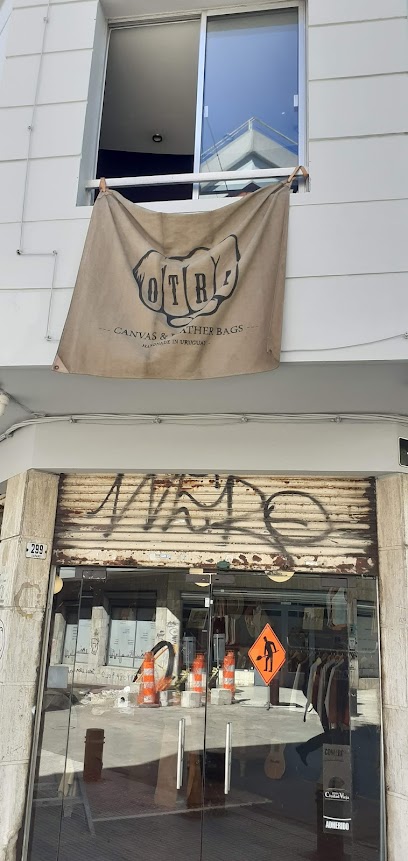
Old City - Second Hand
Explore a treasure trove of sustainable fashion at Old City - Second Hand in Montevideo, where unique styles await every visitor.

La Tienda de la Catedral
Explore La Tienda de la Catedral, a charming gift shop in Montevideo offering unique local crafts and memorable souvenirs to take home from Uruguay.
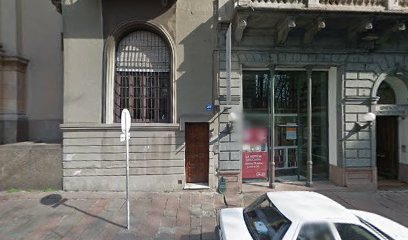
Paseo de las Peatonales. Ciudad Vieja.
Experience the lively atmosphere of Paseo de las Peatonales, a shopping paradise in the heart of Ciudad Vieja, Montevideo, filled with culture and flavor.
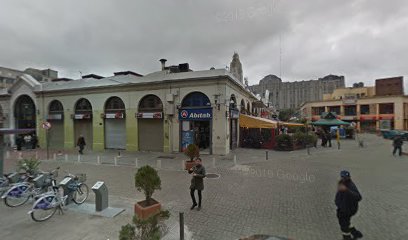
I Montevideo
Discover unique gifts and local crafts at I Montevideo, a charming gift shop that embodies Uruguayan culture and creativity.
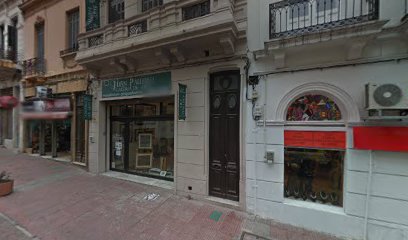
Artisans Shop
Discover the Artisans Shop in Montevideo for unique handcrafted gifts that embody the vibrant culture of Uruguay in every piece.
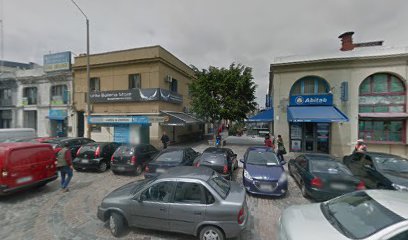
Essential bars & hidden hideouts
Baar Fun Fun
Experience the lively nightlife of Montevideo at Baar Fun Fun, where local culture meets vibrant entertainment in a cozy bar setting.

Alvarez Bar
Discover the vibrant flavors of Montevideo at Alvarez Bar, where delicious pizzas and rich espresso await in a lively atmosphere.
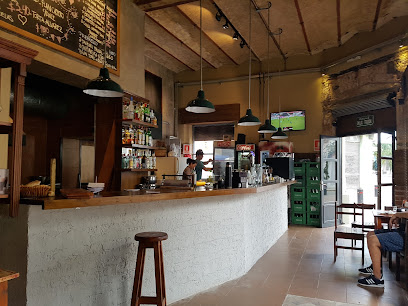
The Shannon
Discover The Shannon, Montevideo's vibrant Irish pub offering delicious food, a lively atmosphere, and an unforgettable experience.
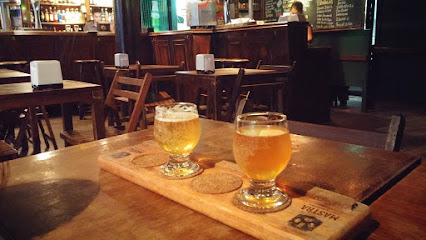
Fénix Bar
Discover the lively Fénix Bar in Montevideo, where vibrant nightlife meets delectable drinks, making it a must-visit for tourists.
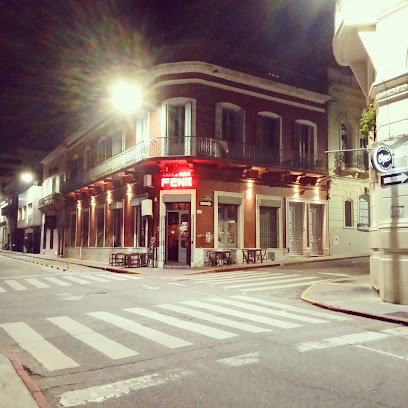
Bar Sarandi
Experience the vibrant nightlife of Montevideo at Bar Sarandi, where delightful drinks and local culture meet in a lively setting.
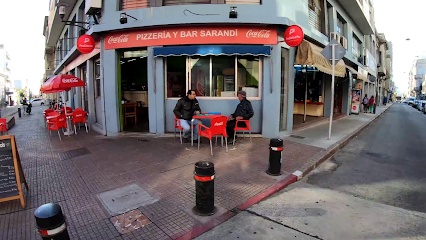
El Perro Que Fuma
Experience the vibrant nightlife of Montevideo at El Perro Que Fuma, where cocktails and local cuisine come together in a lively atmosphere.
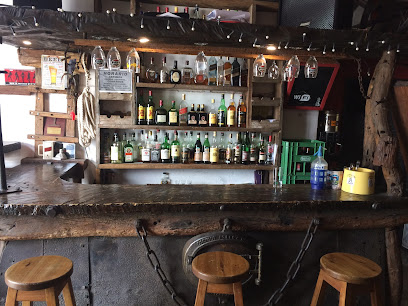
Poolish Resto Bar
Experience the best of Montevideo's culinary scene at Poolish Resto Bar, a gastropub offering delicious local and international dishes.
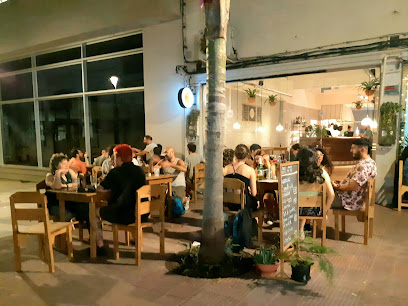
Bar Valentin Pub Rock
Discover the vibrant nightlife at Bar Valentin Pub Rock in Montevideo, where music and good times come together in a lively pub atmosphere.
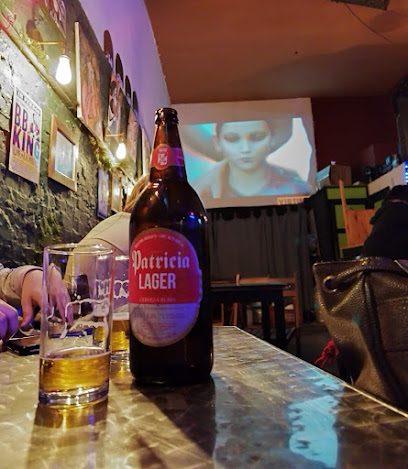
Brixton Bar
Experience the vibrant nightlife at Brixton Bar in Montevideo, featuring crafted cocktails and a lively atmosphere perfect for any occasion.
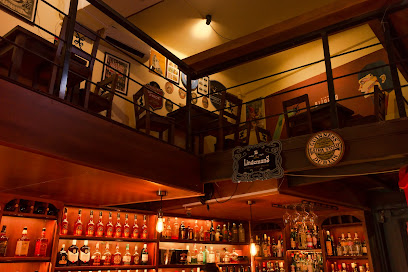
Fun fun
Discover the lively ambiance of Fun Fun, a must-visit bar in Montevideo, where local drinks and culture come together for an unforgettable experience.
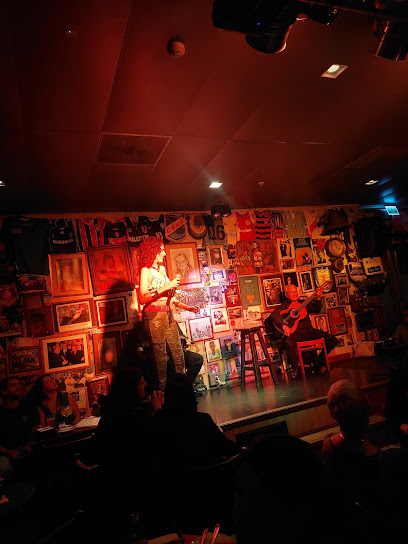
Local Phrases
-
- HelloHola
[oh-lah] - GoodbyeAdiós
[ah-dyohs] - YesSí
[see] - NoNo
[noh] - Please/You're welcomePor favor/De nada
[por fah-vor/de nah-dah] - Thank youGracias
[grah-syahs] - Excuse me/SorryDisculpe/Perdón
[dees-kool-peh/pehr-dohn] - How are you?¿Cómo estás?
[koh-moh ehs-tahs] - Fine. And you?Bien. ¿Y tú?
[byen. ee too] - Do you speak English?¿Hablas inglés?
[ah-blahs een-glehs] - I don't understandNo entiendo
[noh ehn-tyen-doh]
- HelloHola
-
- I'd like to see the menu, pleaseMe gustaría ver el menú, por favor
[meh goos-tah-ree-ah behr ehl meh-noo, poor fah-vor] - I don't eat meatNo como carne
[noh koh-moh kahr-neh] - Cheers!Salud!
[sah-lood] - I would like to pay, pleaseMe gustaría pagar, por favor
[meh goos-tah-ree-ah pah-gahr, poor fah-vor]
- I'd like to see the menu, pleaseMe gustaría ver el menú, por favor
-
- Help!¡Ayuda!
[ah-yoo-dah] - Go away!¡Vete!
[veh-teh] - Call the Police!¡Llama a la Policía!
[yah-mah ah lah poh-lee-see-ah] - Call a doctor!¡Llama a un médico!
[yah-mah ah oon meh-dee-koh] - I'm lostEstoy perdido
[ehs-toy pehr-dee-doh] - I'm illEstoy enfermo
[ehs-toy ehn-fehr-moh]
- Help!¡Ayuda!
-
- I'd like to buy...Me gustaría comprar...
[meh goos-tah-ree-ah kohm-prahr] - I'm just lookingSolo estoy mirando
[soh-loh ehs-toy meer-ahn-doh] - How much is it?¿Cuánto cuesta?
[kwan-toh kwehs-tah] - That's too expensiveEso es demasiado caro
[eh-soh ehs deh-mah-see-ah-doh kah-roh] - Can you lower the price?¿Puedes bajar el precio?
[pweh-dehs bah-hahr ehl pree-syoh]
- I'd like to buy...Me gustaría comprar...
-
- What time is it?¿Qué hora es?
[keh oh-rah ehs] - It's one o'clockEs la una en punto
[ehs lah oo-nah ehn poon-toh] - Half past (10)Media (10)
[meh-dyah] - MorningMañana
[mah-nyah-nah] - AfternoonTarde
[tahr-deh] - EveningNoche
[noh-cheh] - YesterdayAyer
[ah-yehr] - TodayHoy
[oy] - TomorrowMañana
[mah-nyah-nah] - 1Uno
[oo-noh] - 2Dos
[dohs] - 3Tres
[trehs] - 4Cuatro
[kwah-troh] - 5Cinco
[seen-koh] - 6Seis
[seys] - 7Siete
[syeh-teh] - 8Ocho
[oh-choh] - 9Nueve
[nweh-veh] - 10Diez
[dyehs]
- What time is it?¿Qué hora es?
-
- Where's a/the...?¿Dónde está...?
[dohn-deh ehs-tah] - What's the address?¿Cuál es la dirección?
[kwal ehs lah dee-rehk-syohn] - Can you show me (on the map)?¿Puedes mostrarme (en el mapa)?
[pweh-dehs mohs-trahr-meh (ehn ehl mah-pah)] - When's the next (bus)?¿Cuándo es el próximo (autobús)?
[kwan-doh ehs ehl proh-ksee-moh (ow-toh-boos)] - A ticket (to ....)Un boleto (a ...)
[oon boh-leh-toh (ah)]
- Where's a/the...?¿Dónde está...?
History of Ciudad Vieja
-
Ciudad Vieja, the oldest neighborhood in Montevideo, was founded in the early 18th century. In 1724, Spanish colonizers established a settlement here, which quickly became the administrative and commercial center of the region. Its strategic coastal position at the mouth of the Río de la Plata allowed it to flourish as a significant port for trade and military operations.
-
During the late 18th and early 19th centuries, Ciudad Vieja grew in importance as a key port for trade between Europe and South America. The construction of the Port of Montevideo, completed in the 19th century, further enhanced its status. The area was bustling with merchants, sailors, and immigrants, contributing to a diverse and vibrant culture.
-
The 19th century also saw Ciudad Vieja become a melting pot of cultures, heavily influenced by waves of European immigrants, particularly from Italy and Spain. This cultural infusion greatly shaped the local customs, cuisine, and social fabric, leading to the development of unique Uruguayan traditions, including the beloved tango.
-
Ciudad Vieja has been a focal point for various political and social movements throughout Uruguayan history. It was here that significant events took place, including labor strikes and protests during the early to mid-20th century, as the working class fought for rights and better living conditions in a rapidly industrializing nation.
-
The neighborhood is home to a rich architectural heritage, with buildings dating back to the colonial era, as well as neoclassical and art deco styles from the late 19th and early 20th centuries. Notable structures include the Solis Theatre, one of South America's oldest theaters, and the historic Mercado del Puerto, which showcases the region's culinary offerings.
-
In recent years, Ciudad Vieja has undergone revitalization efforts aimed at preserving its historical essence while also attracting tourism. This includes the restoration of public spaces and the promotion of cultural events, turning the area into a lively destination for both locals and visitors, highlighting its artistic and gastronomic scenes.
Ciudad Vieja Essentials
-
Ciudad Vieja is centrally located in Montevideo and easily accessible from other neighborhoods. You can take a taxi or use rideshare apps for a quick transfer. Public transportation options include buses that connect to Ciudad Vieja from neighborhoods like Pocitos, Parque Rodó, and Centro. The main bus terminal, Terminal Tres Cruces, also provides services to Ciudad Vieja.
-
Ciudad Vieja is a compact area, perfect for exploring on foot. Many attractions are within walking distance. If you prefer, you can rent a bicycle from local shops or use bike-sharing services. Public buses and taxis are available for longer distances, but walking is the best way to soak in the local atmosphere.
-
While Ciudad Vieja is generally safe for tourists, it is advisable to remain vigilant, particularly in less crowded areas. Avoid walking alone at night, especially near the port and some darker streets. The area around the Mercado del Puerto is usually safe during the day but can get quieter at night. Keep an eye on your belongings, especially in crowded places.
-
In case of an emergency, dial 911 for police, fire, or medical assistance. There are local hospitals and clinics available in the area. It's advisable to have travel insurance that covers emergencies. For minor health issues, pharmacies are nearby where you can find over-the-counter medications.
-
Fashion: Do dress appropriately for the weather and occasion. Avoid overly casual or revealing clothing. Religion: Do respect religious sites and customs. Cover your shoulders and legs when visiting churches. Public Transport: Do be courteous and offer your seat to the elderly. Don't eat or drink on public transport. Greetings: Do greet with a friendly 'Hola' and a smile. Don't rush through greetings; locals appreciate a moment of connection. Eating & Drinking: Do try local dishes, especially at the Mercado del Puerto. Don't refuse food offerings as it can be seen as rude.
-
To experience Ciudad Vieja like a local, visit the artisanal markets and food stalls. Engage with street performers and artists, as they often add to the vibrant atmosphere. Take time to explore the historic architecture and hidden plazas. For a unique experience, try a 'medio y medio' (a mix of white wine and sparkling wine) at a local bar, and don't miss the chance to enjoy a sunset by the Rambla.
Nearby Cities to Ciudad Vieja
-
Things To Do in Maldonado
-
Things To Do in Punta del Este
-
Things To Do in Colonia del Sacramento
-
Things To Do in La Plata
-
Things To Do in Buenos Aires
-
Things To Do in Fray Bentos
-
Things To Do in Tacuarembó
-
Things To Do in Mar del Plata
-
Things To Do in Rosario
-
Things To Do in Córdoba
-
Things To Do in Encarnacion
-
Things To Do in Carmen del Parana
-
Things To Do in Villarrica
-
Things To Do in Puerto Iguazú
-
Things To Do in Foz do Iguaçu











